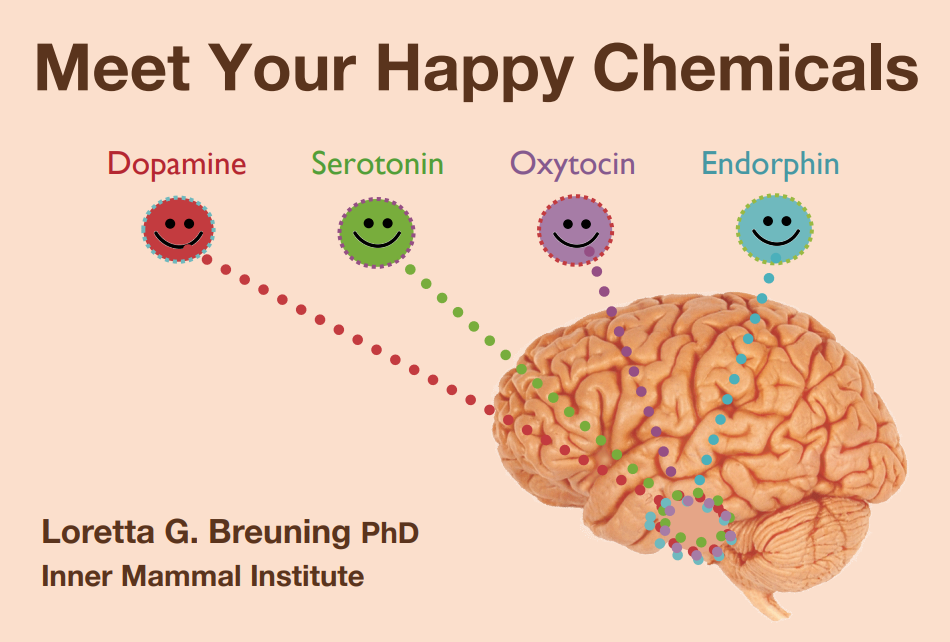Connect through play
Physical play is fun, creates connections and promotes healthy bodies, brains and emotions. I’ve been captivated by the idea of physical play in fitness ever since attending movement educator John Polley’s ‘Day of Play’ at the ‘Fitex’ conference in November 2018.
On this day we experienced for ourselves the benefits of physical play. We played games designed for a range of different populations of all ages, from the chair-bound, to weekend warriors and elite athletes, interspersed with learning about the science behind how and why it’s beneficial to engage in physical play.
I am experimenting with these ideas over Summer 2019-20, via the creation of a play-based fitness session for adults in Mount Maunaganui, New Zealand.
This blog post explores the benefits of physical play to give you some more backgound.
Defining physical play
Play is apparently purposeless, voluntary and has inherent attraction - it’s fun. Physical play is expressive, involves integrated, three-dimensional movement with whole body engagement.
Why physical play?
Play involves the mental, emotional and physical dimensions of being human.
Mental benefits
Mentally, when we play we become focused on the present moment and can enter a flow state, experiencing freedom from time. This helps us experience a diminished consciousness of self and tap into our creativity, by boosting our imagination, improvisational capabilities and problem-solving ability.
Emotional benefits
Emotionally, play is a source of relaxation, helps us relieve stress and helps us develop and improve social skills through connecting with people. Emotion influences physical expression and physical play helps you release your ‘happy chemicals’: dopamine, seratonin, oxytocin and endorphin. These chemicals are an immediate mood booster and improve reaction times, along with improving focus for at least two hours.
Physical benefits
Physically, you’re very free in the moment when you are engaged in physical play. The more multi-dimensional the movements, the better for your body, because it facilitates an enhanced neuromyofascial response. Combining 3D movement with play accelerates the learning response:
“It takes over 400 repetitions to create a synapse in the brain (true learning) without playful engagement OR about 12 repetitions to create a synapse when play is used to teach”
Dr. Karyn Purvis, Texas Christian University
Or in the words of John Polley
“If we can create levity in motion, your results go up exponentially”
What is neuromyofascial and why does it matter?
‘Neuro’ relates to nerves, ‘myo’ relates to muscles, and ‘fascia’ is connective tissue providing tension and compression to the structure of your body, a bit like elastic bands.
3D movement helps mobilise the key lines of fascia running through body, such as the superficial front and back lines, lateral lines, and spiral line.
Fascia is a sensory organ with nine times more nerve endings than muscle, and a communication speed of 1100kph, compared to 10-270kph for nerves. Fascia is also proprioceptive - aware where it is in space.
Mobilising fascia through 3D movement helps nourish it’s elastic qualities, free up sticky areas and improve movement patterns, which translates into improved physical ‘performance’ - at whatever level you are at.
To find out more about the importance of fascia, this article is a good introduction: the-top-5-ways-fascia-matters-to-athletes
Connecting through play
Lack of play is linked to an “impoverished ability to read social cues” and further, “the ability to interact in meaningful ways will be lost”
Dr. Karyn Purvis, Texas Christian University
We live in a digital age where we are spending more time on screens, by choice or otherwise, anxiety and depression are more apparent in society, and there’s increasing awareness of the value of social connection and physical activity for general and mental health.
Social connection is a key motivator for people to start or continue with an activity. Combining social connection with the mental, emotional and benefits of play has the potential to create a powerful, uplifting experience, which I’ve experienced myself on the ‘Day of Play’. After two decades working in the corporate sphere, it was particularly noticeable how energised I felt from a relatively short amount of time engaging in physical play in a group setting.
There aren’t many opportunities in many urban/western societies for adults to engage in physical play in groups outside of formal sports.
This is why I’m experimenting with play-based fitness.
Update May 2020:
After experimenting with classes on the beach and in a park, I now have a regular slot at Next Step Gym on Hocking Street in Mount Maungaunui - Monday 5:30pm-6:30pm, $10. Restarting after lockdown on Mon 8th June. Come join us! For more details see made2move.co/groupfitness
Update September 2020:
I’m honoured to have been approached to instruct at the new ReDefined health, wellbeing and movement hub in Papamoa.


